iPhone 16e vs iPhone 11: It is time!
We may earn a commission if you make a purchase from the links on this page.

Intro
Apple quietly launched a new model in its iPhone 16 lineup, the iPhone 16e, and it kind of shifted the landscape. Now we have another budget option that resembles the SE idea but modernizes it and takes it further.
The iPhone 16e is the quintessential budget iPhone but it doesn't come with too many compromises and it's able to challenge not only older generations but even its contemporary siblings. Granted, the price is on the threshold of affordable, but still, it's the cheapest iPhone available right now.
Speaking of older generations and cheap iPhones, the iPhone 11 is hurtling toward the end of its software support cycle and now seems to be the perfect time for all iPhone 11 veterans still using their beloved device to think about upgrading.

Now, the iPhone 11 was launched way back in 2019, so the upgrades that the 16e brings to the table should be substantial. It's time to check them all out. This is our iPhone 16e vs iPhone 11 comparison.
iPhone 16e vs iPhone 11 differences:
| iPhone 16e | iPhone 11 |
|---|---|
| Thinner, lighter and more compact device | Slightly bulkier and heavier, mainly due to bigger bezels |
| One single wide camera on the back | Two cameras, wide and ultrawide |
| The latest Apple silicon onboard | Old 7nm+ chipset |
| More RAM and storage in the base version | Starting at 64GB as base |
| OLED screen with better resolution, brightness and pixel density | LCD screen with lower resolution but the same 60Hz refresh rate |
| Apple Intelligence | Limited Apple Intelligence functionality (phone upgradable to iOS 18.3.1) |
| Action button and USB-C port | Mute switch and Lightning port |
| Bigger battery with potentially better battery life, similar charging figures | 3,110 mAh battery, 50% in 30 minutes |
| Base model starts at $599 | More expensive at launch but much cheaper if you buy it today on the second hand market |
Table of Contents:
Read more:
Design and Size
The future is boxy
Ever since the iPhone 12 landed, most smartphone manufacturers adopted a very similar, flat-sided approach to smartphone design. The iPhone 16e doesn't stray too far off (or at all) from that concept. The phone is basically an iPhone 14 with a few tweaks here and there when it comes to design. The single camera on the back has a distinctive look and design with the LED flash next to it, but other than that, it's an iPhone all over.
Speaking of which, the iPhone 11 was the last model to feature a more curvy design, with rounded sides and corners. The notch is very similar to the one found on the new 16e, but the bezels around the screen are more pronounced on the older model.
Let's also not forget that the iPhone 11 features one additional ultra-wide camera, while the 16e gets away with a single snapper on its back, which leads to another design difference. The iPhone 16e can't be mistaken for anything else, really, even if it's tucked inside a case.
Around the frame we find another difference, and it concerns the buttons. The iPhone 11 uses the old mute switch, while the iPhone 16e comes with the Action Button onboard. As far as dimensions go, the new model is slightly more compact and substantially lighter. Here are the exact dimensions and weights of both phones:
iPhone 11 dimensions and weight:
150.9 x 75.7 x 8.3 mm, 194 grams
iPhone 16e dimensions and weight:
146.7 x 71.5 x 7.8 mm, 167 grams
Having a phone that's around 160 grams in 2025 is quite refreshing. Smartphones nowadays are pushing the 200-gram mark consistently, and even though the iPhone 16e features modern hardware, Apple has managed to keep the weight down. In terms of colors, though, things are not in favor of the new model.
For some reason, the iPhone 16e is available in two colors—black and white. We don't know if there are going to be more hues at some point, but now that's what you're getting color-wise. The iPhone 11 can be much more vibrant if you choose one of the more poppy colors: Black, Green, Yellow, Purple, Red, and White.
Let's also not forget that the iPhone 11 features one additional ultra-wide camera, while the 16e gets away with a single snapper on its back, which leads to another design difference. The iPhone 16e can't be mistaken for anything else, really, even if it's tucked inside a case.
Around the frame we find another difference, and it concerns the buttons. The iPhone 11 uses the old mute switch, while the iPhone 16e comes with the Action Button onboard. As far as dimensions go, the new model is slightly more compact and substantially lighter. Here are the exact dimensions and weights of both phones:
iPhone 11 dimensions and weight:
150.9 x 75.7 x 8.3 mm, 194 grams
iPhone 16e dimensions and weight:
146.7 x 71.5 x 7.8 mm, 167 grams
Having a phone that's around 160 grams in 2025 is quite refreshing. Smartphones nowadays are pushing the 200-gram mark consistently, and even though the iPhone 16e features modern hardware, Apple has managed to keep the weight down. In terms of colors, though, things are not in favor of the new model.
Display Differences
The OLED revolution happened long ago
The iPhone 11 marks the end of the LCD era, at least in Apple's regular lineup of smartphones. While the SE line continued with the old tech for a while, now the iPhone 16e (which is the spiritual successor to the last SE) comes with an OLED panel.
So, in that regard, the iPhone 11 is technologically outdated, and its resolution is also lower at 828 x 1792 pixels, resulting in just a tad over the 300 PPI mark that Apple coined as Retina display back in 2004 with the iPhone 4. The iPhone 16e, on the other hand, features the new OLED technology and a better 1170 x 2532 pixel resolution, making its display crisper at around 460 PPI (Apple decided to call it Super Retina).
One thing that still remains unchanged even after five generations of iPhones is the refresh rate of the non-pro models. The iPhone 16e features the same 60Hz refresh rate as its much older sibling, the iPhone 11.
So, in that regard, the iPhone 11 is technologically outdated, and its resolution is also lower at 828 x 1792 pixels, resulting in just a tad over the 300 PPI mark that Apple coined as Retina display back in 2004 with the iPhone 4. The iPhone 16e, on the other hand, features the new OLED technology and a better 1170 x 2532 pixel resolution, making its display crisper at around 460 PPI (Apple decided to call it Super Retina).
One thing that still remains unchanged even after five generations of iPhones is the refresh rate of the non-pro models. The iPhone 16e features the same 60Hz refresh rate as its much older sibling, the iPhone 11.
Well, the display tests show that the iPhone 16e is indeed brighter than the iPhone 11 but not by much. Other technical data concerning both displays seems to be very similar, and color accuracy, temperature and minimum brightness are comparable between both models.
In terms of biometrics, both rely on FaceID, and it works flawlessly on both phones.
In terms of biometrics, both rely on FaceID, and it works flawlessly on both phones.
Performance and Software
A huge leap
Well, five generations of A-series chipsets translate into a huge leap in raw performance. The A13 Bionic inside the iPhone 11 is not a slow chip even by today's standards, mainly because Apple optimizes its ecosystem so well that a five-year-old phone feels fast. That said, the iPhone 16e is a beast with the A18 silicon inside and will for sure be ahead in synthetic benchmarks. Let's confirm this with some benchmarks!
Unsurprisingly, the iPhone 16e with the A18 onboard obliterates the iPhone 11 in terms of synthetic benchmark score. And in real life the iPhone 11 starts to feel a bit slow, especially with the latest iOS updates.
Another big consideration is Apple Intelligence. Most companies place a lot of weight on AI and large language models, especially in smartphones, and Apple is no exception. Tim Cook and friends are still a little late to the AI party, as many features are still in beta and yet to land, but the company is catching with Gemini, Galaxy AI and others fast.
The iPhone 11 is technically upgradable to iOS 18.3.1, but Apple Intelligence requires A17 Pro or later on the hardware side, so there's limited AI features on that model. On the other hand, the iPhone 16e will receive everything its flagship siblings have and more.
The iPhone 11 is technically upgradable to iOS 18.3.1, but Apple Intelligence requires A17 Pro or later on the hardware side, so there's limited AI features on that model. On the other hand, the iPhone 16e will receive everything its flagship siblings have and more.
So, another huge benefit of choosing the 16e over the iPhone 11. The software support, as we mentioned earlier, is ending soon for the iPhone 11, while the 16e is still in its software infancy, so to speak, and it will be quite future-proof thanks to its powerful and AI-enabled chipset.
The RAM and storage situation is also in favor of the iPhone 16e, but it's not a surprise. The iPhone 11 starts at 64GB of base storage and comes with only 4GB of RAM (another reason why most, if not all, AI features aren't available on the model), while the 16e doubles the base storage and RAM at 8GB/128GB for the most basic variant.
The RAM and storage situation is also in favor of the iPhone 16e, but it's not a surprise. The iPhone 11 starts at 64GB of base storage and comes with only 4GB of RAM (another reason why most, if not all, AI features aren't available on the model), while the 16e doubles the base storage and RAM at 8GB/128GB for the most basic variant.
Camera
A cyclops but a powerful one
This is the only area where the iPhone 11 has kind of an advantage, and it comes with an asterisk. The older phone features two cameras on its back, one 12MP sensor under a wide-angle f/1.8 lens and another 12MP ultra-wide camera with an f/2.4 aperture and 120-degree field of view (13mm focal length equivalent).
The new iPhone 16e features one wide-angle camera, but it's quite a good one. It's the same 48MP Fusion Camera we can find in the regular iPhone 16, with an aperture of f/1.6, 24MP and 48MP Super Hi-Res capabilities, Visual Intelligence support, and other bells and whistles.
If you absolutely need an ultrawide camera, the iPhone 16e can't magically deliver one, but in all other cases, it's the better phone.
If you absolutely need an ultrawide camera, the iPhone 16e can't magically deliver one, but in all other cases, it's the better phone.
Battery Life and Charging
Similar?
The iPhone 11 comes with a decent 3,110 mAh battery inside and performs quite well in our battery tests. We now know the exact capacity of the cell inside the iPhone 16e and it's a nice surprise! The phone features a rather hefty 3,961 mAh battery, substantially bigger than the one in the iPhone 11.
PhoneArena Battery and Charging Test Results:
Interestingly, the battery life is very similar when it comes to video streaming and gaming, with the big difference popping up in our browsing test. The charging situation is in favor of the newer iPhone 16e, which despite being slow in modern terms, charges much faster than the iPhone 11.
Specs Comparison
Here's a quick specs comparison, for a deep dive, head to PhoneArena and check out our detailed iPhone 16e vs iPhone 11 comparison.
| iPhone 16e | iPhone 11 |
|---|---|
| Size, weight 146.7 x 71.5 x 7.8 mm, 167 grams | Size, weight 150.9 x 75.7 x 8.3 mm, 194 grams |
| Screen 6.1" OLED 60Hz | Screen 6.1" LCD 60Hz |
| Processor A18 3nm | Processor A13 Bionic 7nm+ |
| Versions: 8/128GB 8/256GB 8/512GB LPDDR5 | Versions: 4/64GB 4/128GB 4/256GB LPDDR5 |
| Cameras: 48MP main 12MP front | Cameras: 12MP main 12MP ultra 12MP front |
| Battery: 3,961 mAh | Battery: 3110 mAh |
| Charging: USB-C 50% in 30 minutes No MagSafe | Charging: Lightning 50% in 30 minutes MagSafe |
Summary
The iPhone 11 is pretty old and near the end of its support cycle. Most of the hardware onboard is old and dated, and it can only last so long.
Meanwhile, the fresh and new iPhone 16e comes with the latest A18 silicon, all the AI bells and whistles, a long software support in the years to come, USB-C, an OLED screen (albeit a 60Hz one), and a really good main camera.
Meanwhile, the fresh and new iPhone 16e comes with the latest A18 silicon, all the AI bells and whistles, a long software support in the years to come, USB-C, an OLED screen (albeit a 60Hz one), and a really good main camera.
There's no reason to go for the iPhone 11 in 2025, and if you're looking to upgrade but keep things affordable, the new $599 model Apple gave us looks like the perfect choice.
Alternatively, you can dish $200 more and get a regular iPhone 16, adding a second ultra-wide camera to the mix, plus MagSafe charging, but the differences there are so small that we really recommend the 16e. Otherwise, you can go all-in and get one of the Pro models, which are substantially more expensive but bring more upgrades to the table.
Alternatively, you can dish $200 more and get a regular iPhone 16, adding a second ultra-wide camera to the mix, plus MagSafe charging, but the differences there are so small that we really recommend the 16e. Otherwise, you can go all-in and get one of the Pro models, which are substantially more expensive but bring more upgrades to the table.

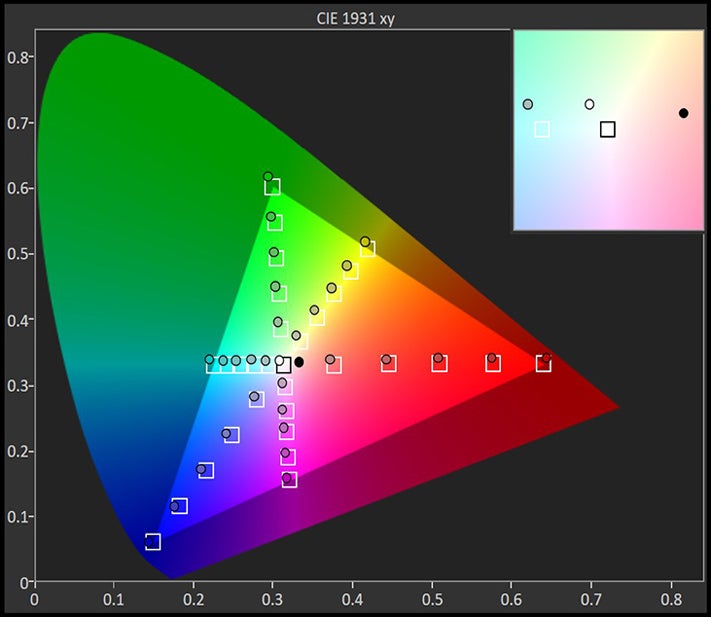
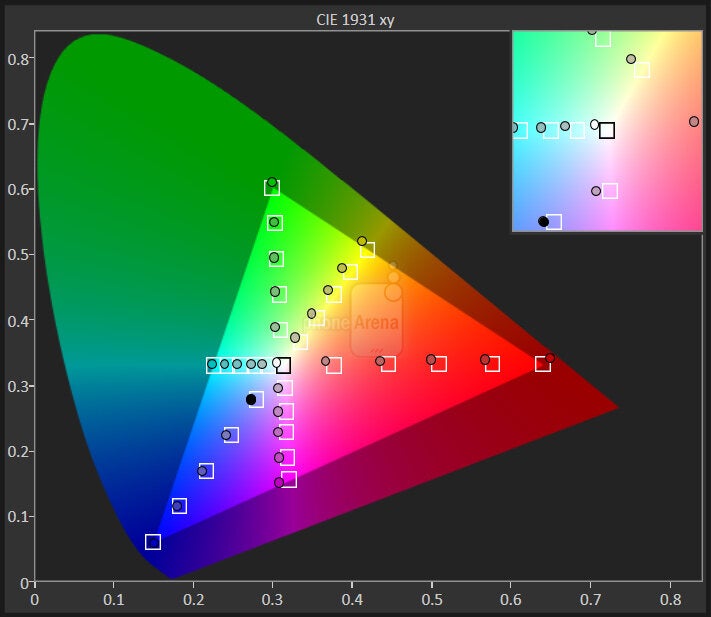





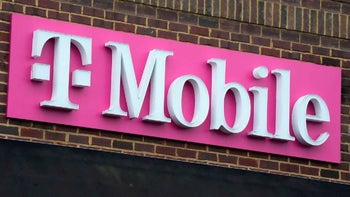
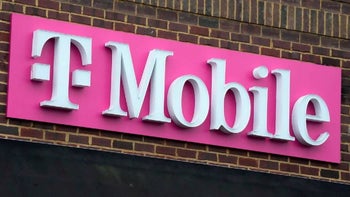
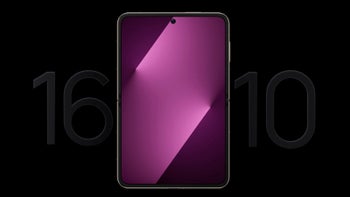



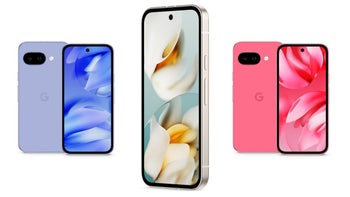
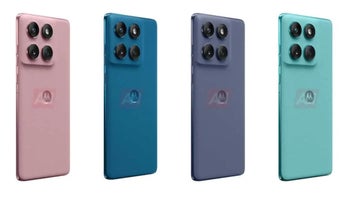

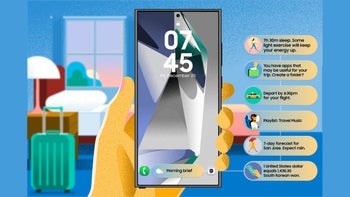
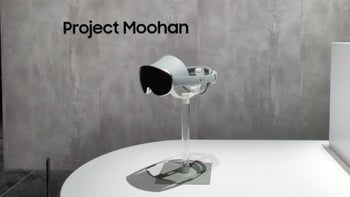
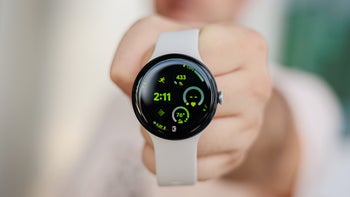






Things that are NOT allowed: